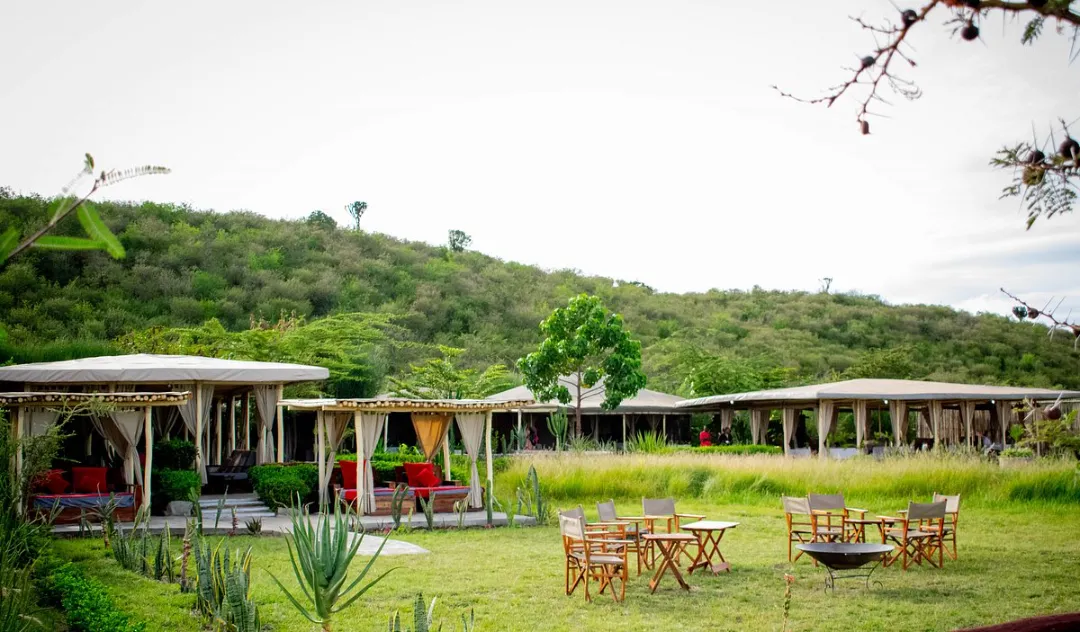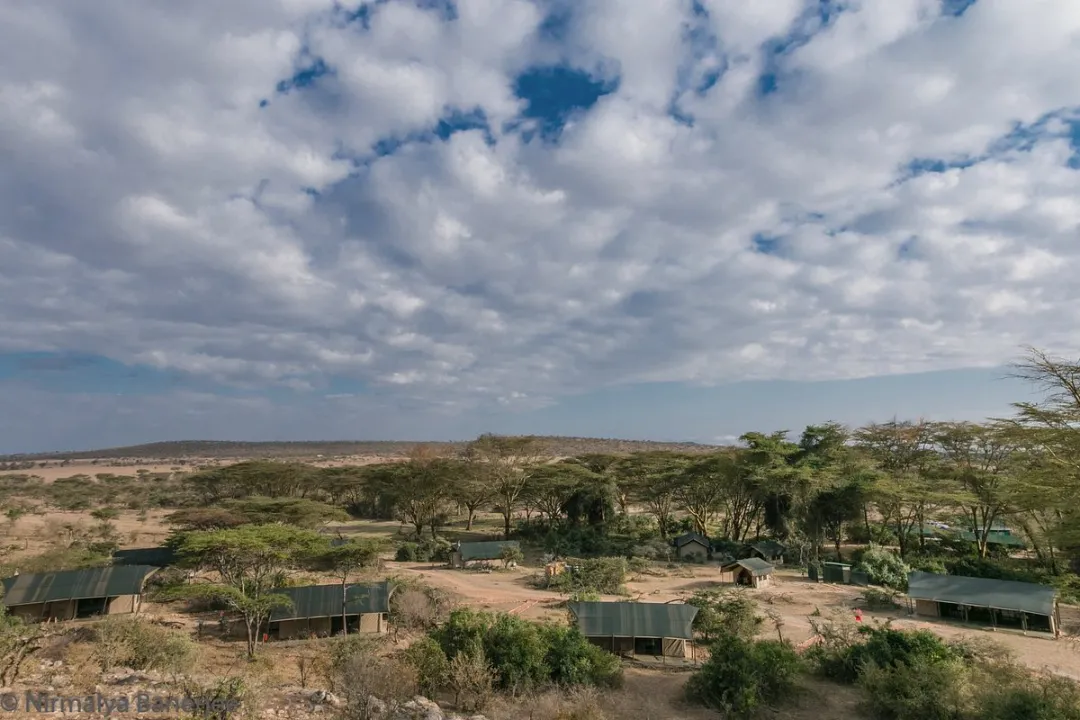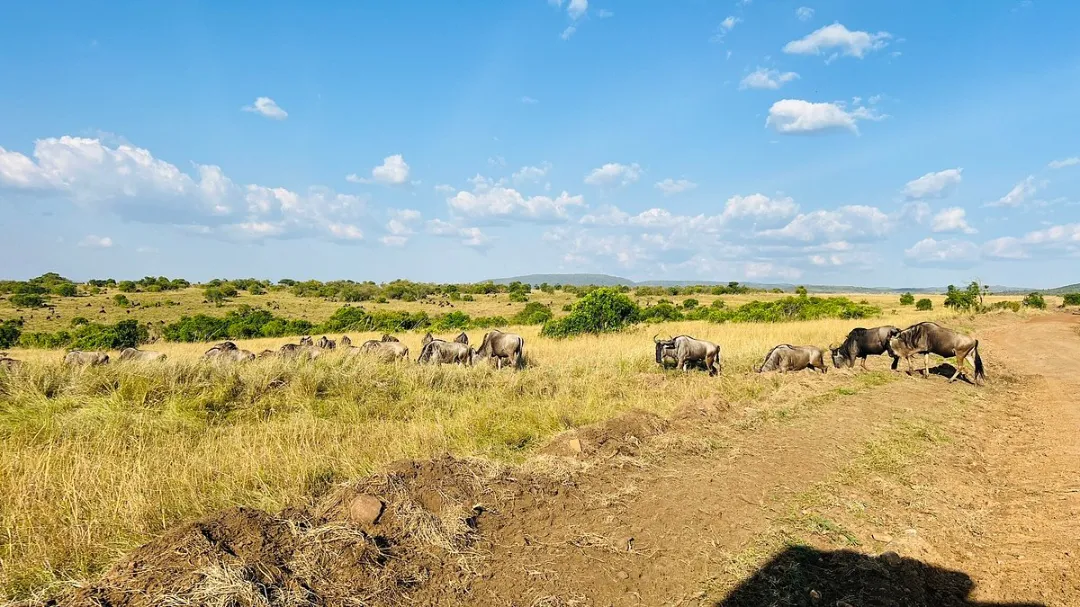Exploring the Wonders of Masai Mara National Reserve
Table of Contents
Masai Mara National Reserve is Kenya’s premier wildlife destination, famed for its lions, elephants, and the great wildebeest migration. Discover what makes this reserve a must-visit for any nature enthusiast.
Key Takeaways
Masai Mara National Reserve, established in 1974, is a significant wildlife corridor and home to a diverse range of species, highlighted by the annual wildebeest migration.
Visitors should be aware of entry fees, access points, and park regulations to ensure a safe and enjoyable experience while witnessing the iconic ‘Big Five’ and other wildlife.
Conservation efforts and sustainable tourism practices are crucial for protecting the Masai Mara’s ecosystem, with local communities actively involved in preserving wildlife and promoting eco-friendly initiatives.
Overview of Masai Mara National Reserve
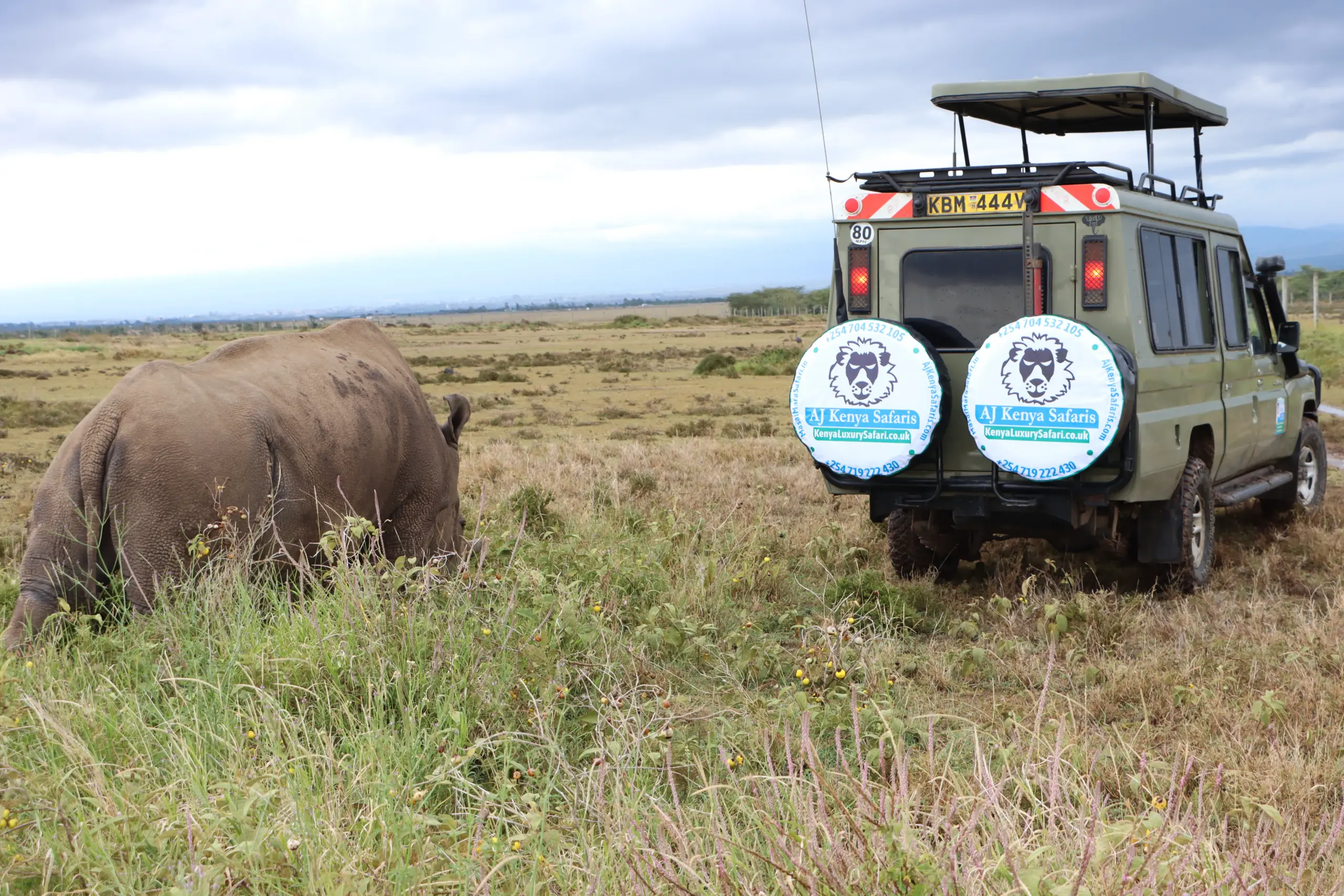
Established in 1974, the Masai Mara National Reserve covers an impressive area of 1,510 square kilometers and is managed by the Narok County Government. This vast expanse of savannah, dotted with acacia trees and traversed by the Mara River, is a critical part of the Greater Maasai Mara Ecosystem. The reserve seamlessly connects to the Serengeti National Park in Tanzania, forming one of the most extensive and ecologically significant wildlife corridors in the world, including the Masai Mara Reserve and the Maasai Mara Game Reserve.
The Masai Mara is renowned for hosting the highest concentration of wildlife in Kenya. It is home to a staggering variety of species, including elephants, wildebeests, lions, leopards, and more. The reserve’s rich biodiversity ensures that every safari tour is filled with thrilling encounters and unforgettable moments. The abundance of wildlife is a testament to the health and vitality of the Masai Mara ecosystem.
One of the most awe-inspiring events in the Masai Mara is the annual wildebeest migration. This remarkable phenomenon sees approximately 1.5 million wildebeests, along with zebras and gazelles, journeying from the Serengeti to the Mara in search of greener pastures. This migration supports the local ecosystem and attracts countless visitors eager to witness this natural spectacle.
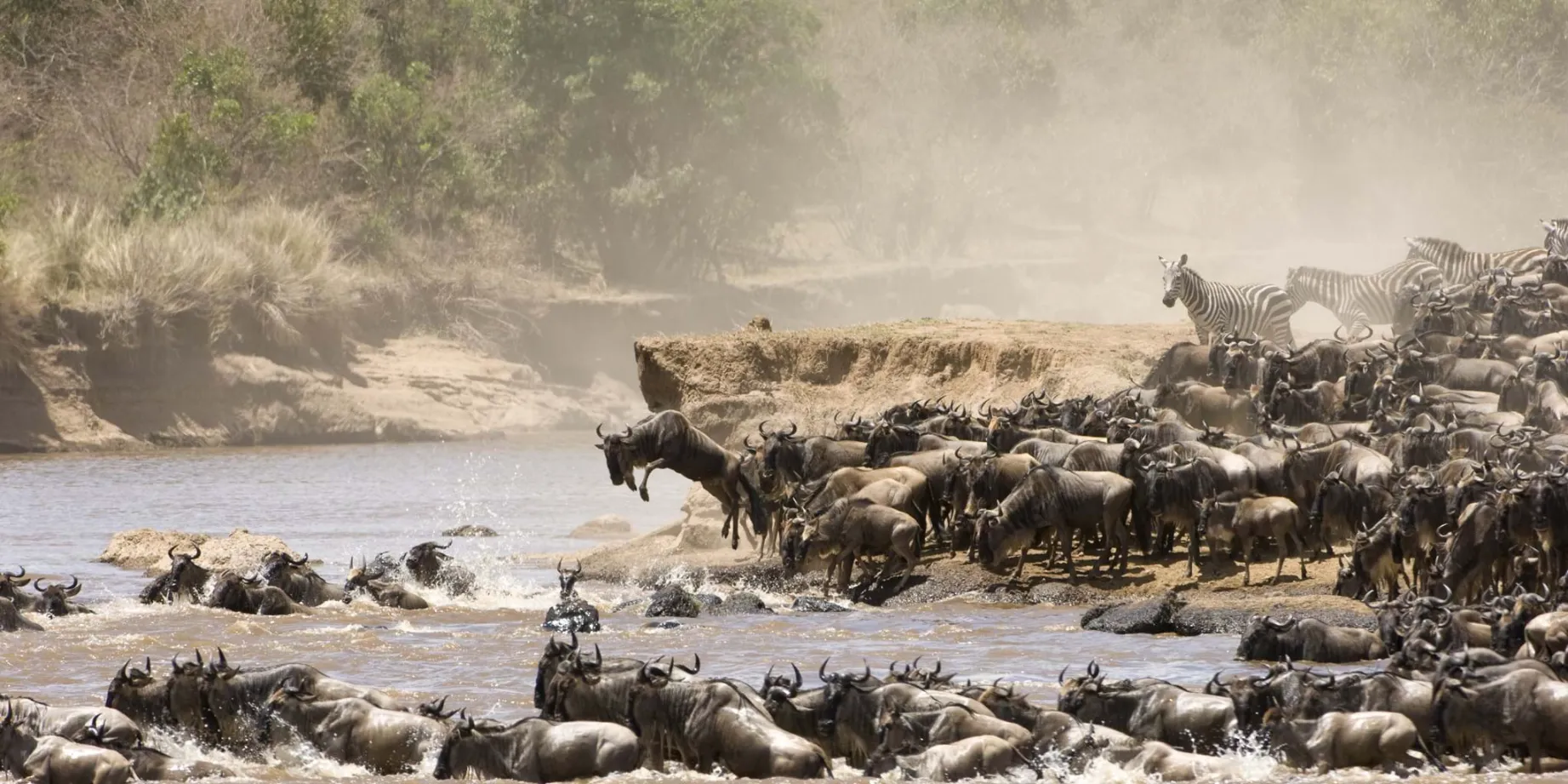
Entry Fees and Access Points
Knowing the entry fees and access points will help you plan your visit to the Masai Mara National Reserve. For adults, the entry fee is USD 70 per 24 hours, while non-resident adults pay USD 200 per day. Residents of Kenya and neighboring countries benefit from resident rates, making it more accessible for local visitors. Children aged 3 to 17 years qualify for discounted rates, and those under 3 years enter for free.
There are five main entry gates into the Masai Mara: Sand River, Talek, Sekenani, Musiara, and Oloololo. Each gate offers unique access points to different parts of the reserve, with Sekenani Gate being the busiest due to its direct access to the central wildlife-rich plains. Whether you are joining a guided tour or embarking on a self-drive adventure, knowing your entry point can enhance your overall experience.
Visitors can pay their entry fees using various methods, including cash, MPesa, or credit/debit cards at the gate. The gates open at 6:00 AM and close at 6:00 PM, with the last entry allowed by 5:30 PM.
These timings ensure that visitors can make the most of their day while adhering to the reserve’s regulations. Planning your entry and exit around these timings can help you maximize your wildlife viewing opportunities.
Park Rules and Regulations
The Masai Mara National Reserve has several rules and regulations to ensure the safety of both visitors and wildlife. Visitors must maintain a distance of 25 meters from wildlife to avoid disturbing them. This respectful distance helps in preserving the natural behavior of the animals and ensures a safe viewing experience for all.
Guests may exit their vehicles only at designated viewing points and picnic areas to prevent potential harm and reduce wildlife stress. Additionally, visitors should avoid making loud noises, as this can scare the animals and disrupt their natural activities.
The maximum speed limit within the park is 50 kilometers per hour. The speed limit aims to prevent accidents and ensure the safety of wildlife and visitors. Moreover, only five vehicles are permitted at a single wildlife sighting to prevent overcrowding and minimize stress on the animals.
Off-road driving is strictly prohibited in sensitive areas, especially around rivers, to protect the fragile ecosystems. Littering is also strictly forbidden, and visitors are encouraged to take all their trash with them to protect the environment.
Iconic Wildlife of Masai Mara
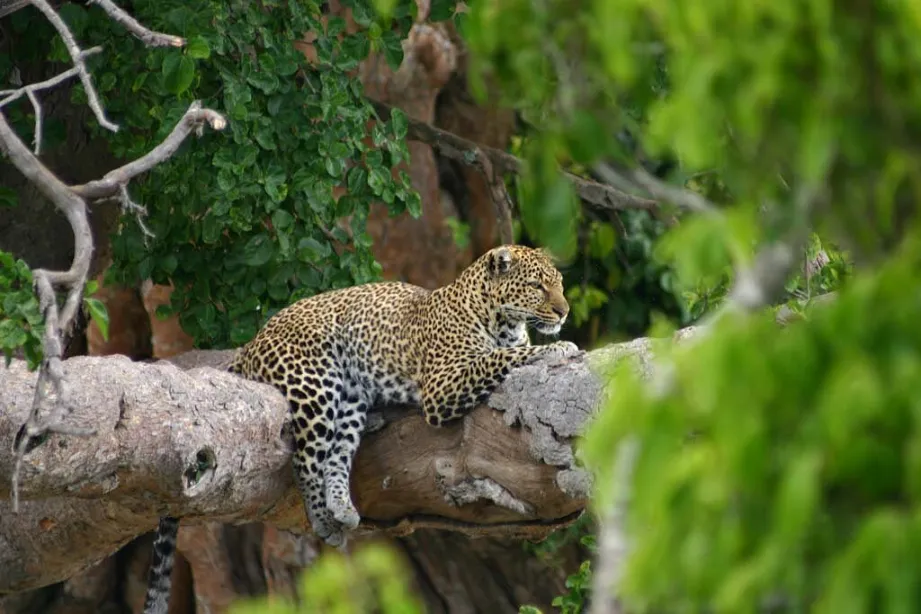
The Masai Mara is synonymous with the “Big Five”: lions, leopards, elephants, buffaloes, and rhinos. These iconic species are a major draw for visitors, each offering a unique glimpse into the wild. Lions, known for their social structures and courage, are often seen in prides, ruling the plains with their majestic presence. Leopards, on the other hand, are elusive and solitary, known for their stealth and agility.
Elephants are another highlight, roaming the savannah in family groups. While they are generally gentle giants, they can become dangerous if provoked, especially during mating season. Black rhinos, although rare, are a sight to behold. Despite their poor eyesight, they are known for their unpredictable and aggressive behavior. African buffaloes, with their unpredictable nature, add an element of excitement to any safari tour.
Beyond the Big Five, the Masai Mara is home to other remarkable species. The Masai giraffes, with their unique spot patterns, stand tall at up to 5.5 meters. Cheetahs, the fastest land animals, can reach speeds of up to 112 km/h. Spotted hyenas, often misunderstood as mere scavengers, are skilled hunters with complex social structures. Each of these species contributes to the rich tapestry of life in the Masai Mara, making every visit a new adventure.
For those planning their trip, January to March is an excellent time for lion sightings, coinciding with the birth season of many plains animals. This period offers a unique opportunity to witness the circle of life as young animals take their first steps and predators like lions take advantage of the abundance of prey.
Wildebeest Migration
The annual wildebeest migration through the Masai Mara is one of the most spectacular wildlife events on the planet. From July to October, approximately 1.5 million wildebeests, along with zebras and gazelles, migrate from the Serengeti to the Masai Mara in search of fresh grazing grounds. This incredible journey is a testament to the resilience and instinct of these animals, and witnessing it is a once-in-a-lifetime experience.
One of the most dramatic aspects of the migration is the crossing of the Mara River. These crossings are fraught with danger as the animals face strong currents and predators lurking in the waters. The sight of thousands of wildebeests and zebras braving the river is both thrilling and humbling, showcasing the raw power of nature. Visitors flock to the reserve to witness these crossings, making it a highlight of any Masai Mara safari tour.
Top Accommodations in Masai Mara

The Masai Mara offers a range of accommodations that cater to different tastes and budgets, including masai mara lodges. For those seeking luxury, Mahali Mzuri features twelve high-end tents in the Olare Motorogi Conservancy, providing an exclusive glamping experience. Richard’s River Camp, located along the lush banks of the Ntiakatek River, offers a high-end safari experience with a touch of elegance.
Kichwa Tembo Tented Camp is another popular choice, known for its Maasai-inspired luxury and exceptional Kenyan hospitality. Cottar’s 1920s Safari Camp offers a classic safari experience with rich wildlife diversity and is priced at US$ 1,144 per person per night. Governors’ Camp and Little Governors’ Camp offer tranquil environments with stunning views of the plains and intimate safari experiences.
Angama Mara, located on the Oloololo Escarpment, offers luxurious accommodations with breathtaking panoramic views. Rekero Camp, along the Talek River, provides spacious tents and a great vantage point for wildlife viewing. Porini Mara Camp, with its traditional safari feel, is set in the scenic Ol Kinyei Conservancy. Each of these accommodations ensures a memorable stay, combining comfort with the thrill of the African wilderness.
Activities and Experiences
The Masai Mara offers a plethora of activities and experiences that cater to all types of adventurers. One of the most popular activities is the guided game drive, with Mara Explorer offering three guided drives each day. These drives are designed to maximize wildlife viewing opportunities, allowing guests to observe a diverse range of animals in their natural habitat.
Hot air balloon safaris offer a unique aerial view of the Masai Mara, especially breathtaking at sunrise when wildlife emerges. This serene experience offers a bird’s-eye view of the plains, rivers, and abundant wildlife below.
Guided nature walks by local Maasai naturalists provide insights into the ecosystem and local wildlife behavior up close. Cultural visits to Maasai villages are another enriching experience, offering insights into the traditional lifestyle and customs of the Maasai community.
These visits deepen understanding of the Maasai people’s connection to the land and their conservation role. Whether it’s a thrilling game drive, a scenic hot air balloon ride, or an immersive cultural visit, the Masai Mara has something for everyone.
Conservation Efforts in Masai Mara
Conservation efforts in the Masai Mara are vital for preserving its unique ecosystem. The region’s conservancies, including the mara conservancy, are critical for wildlife preservation, hosting around 30% of Kenya’s wildlife. The Maasai Mara Wildlife Conservancies Association (MMWCA) comprises 12 independent conservancies that promote both conservation and sustainable livelihoods.
Basecamp Wilderness in Naboisho Conservancy offers an eco-luxury experience focused on sustainability and community-led conservation. To manage tourism sustainably, conservancies implement limits on visitor numbers to protect wildlife and minimize environmental impact. Programs like lion monitoring led by Maasai warriors contribute significantly to the protection of wildlife and their habitats within the conservancies.
These conservation efforts ensure that the Masai Mara remains a thriving habitat for wildlife while supporting the local communities. Collaboration between conservancies, local communities, and conservation organizations serves as a model of sustainable tourism and wildlife preservation.
Getting to Masai Mara
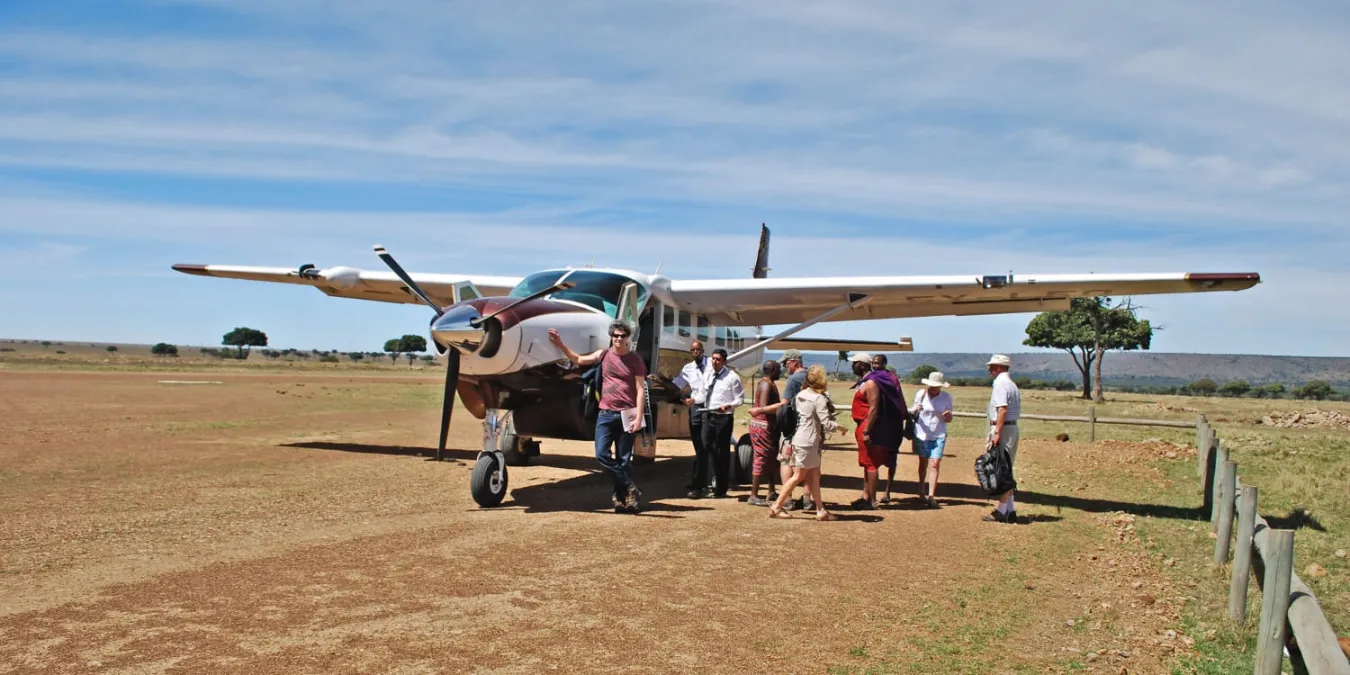
Reaching the Masai Mara is an adventure in itself. The nearest airstrips, including Olkiombo, Kichwa Tembo, and Siana Springs, receive scheduled flights from Nairobi, making air travel a convenient option. Most international travelers fly into Jomo Kenyatta International Airport in Nairobi before catching a domestic flight from Wilson Airport to the Masai Mara, which typically takes between 45 to 60 minutes.
Driving from Nairobi to the Masai Mara takes about 5 to 6 hours, covering approximately 270 kilometers. Private and shared shuttle services are available, offering flexibility and convenience. Drive-in safaris from Nairobi are also popular, allowing travelers to explore other locations in Kenya en route to the Masai Mara.
Self-drive trips require a 4×4 vehicle due to challenging road conditions, especially during the rainy seasons in April and May. Planning your travel accordingly will ensure a smooth journey to this incredible wildlife reserve.
Best Time to Visit
Choosing the right time to visit the Masai Mara can significantly enhance your experience. The dry season, from June to October, offers the most favorable conditions for wildlife observation. Animals gather near water sources during this period, making them easier to spot. This period is also the peak season for the annual wildebeest migration, offering a front-row seat to one of nature’s greatest spectacles.
From March to May, the green season transforms the Masai Mara into a lush paradise, ideal for birdwatching. Many migratory birds flock to the area, adding a splash of color and variety to the landscape. This season is less crowded, offering a more peaceful and intimate experience with nature.
From January to March, the ‘Lion season,’ visitors can see young wildebeest and their predators. This period coincides with the birth season of many plains animals, providing a unique glimpse into the circle of life. Each season in the Masai Mara offers its own unique experiences, making it a year-round destination for wildlife enthusiasts.
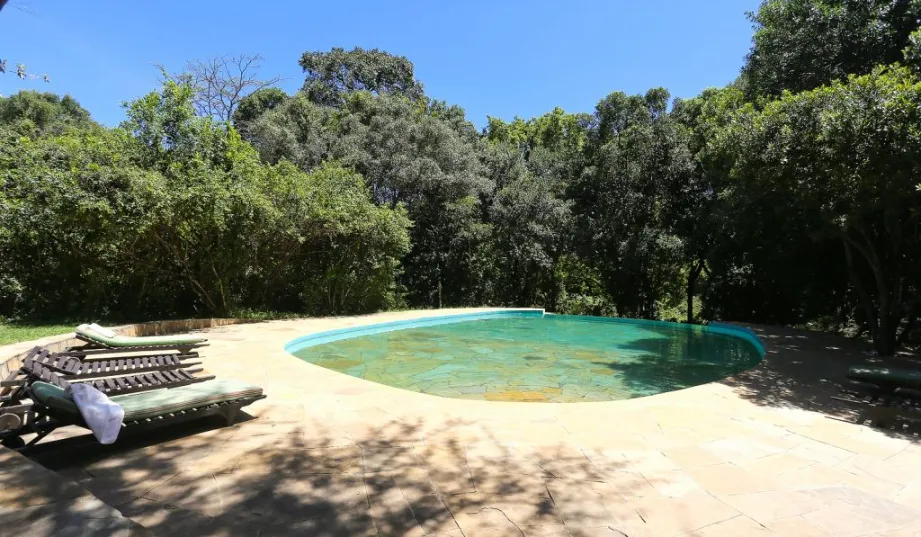
Frequently Asked Questions
What are the entry fees for the Masai Mara National Reserve?
The entry fee for Masai Mara National Reserve is USD 70 per 24 hours for residents and USD 200 per day for non-resident adults, with discounted rates for children aged 3 to 17, while children under 3 enter for free.
What are the main entry points to the Masai Mara?
The main entry points to the Masai Mara are Sand River, Talek, Sekenani, Musiara, and Oloololo, each providing access to various areas of the reserve. Selecting the appropriate gate is essential for an optimal experience in the park.
What wildlife can I expect to see in the Masai Mara?
In the Masai Mara, you can expect to see the Big Five—lion, leopard, elephant, buffalo, and rhino—along with giraffes, cheetahs, hyenas, and wildebeests among various other species. The region’s rich biodiversity offers an exceptional wildlife experience.
When is the best time to visit the Masai Mara?
The best time to visit the Masai Mara is during the dry season from June to October, which is optimal for wildlife observation and the wildebeest migration. For birdwatching, consider the green season from March to May.
What activities are available in the Masai Mara?
In the Masai Mara, visitors can partake in guided game drives, hot air balloon safaris, nature walks, and cultural visits to Maasai villages. Each of these activities offers a unique opportunity to experience the rich wildlife and local culture.
Welcome to AjKenya Safaris
Thanks for stopping by! We’re excited to help you plan an unforgettable safari.
- Phone: +254 748 258880
- WhatsApp: +254 748 258880
- Email: [email protected]
- Email: [email protected]

